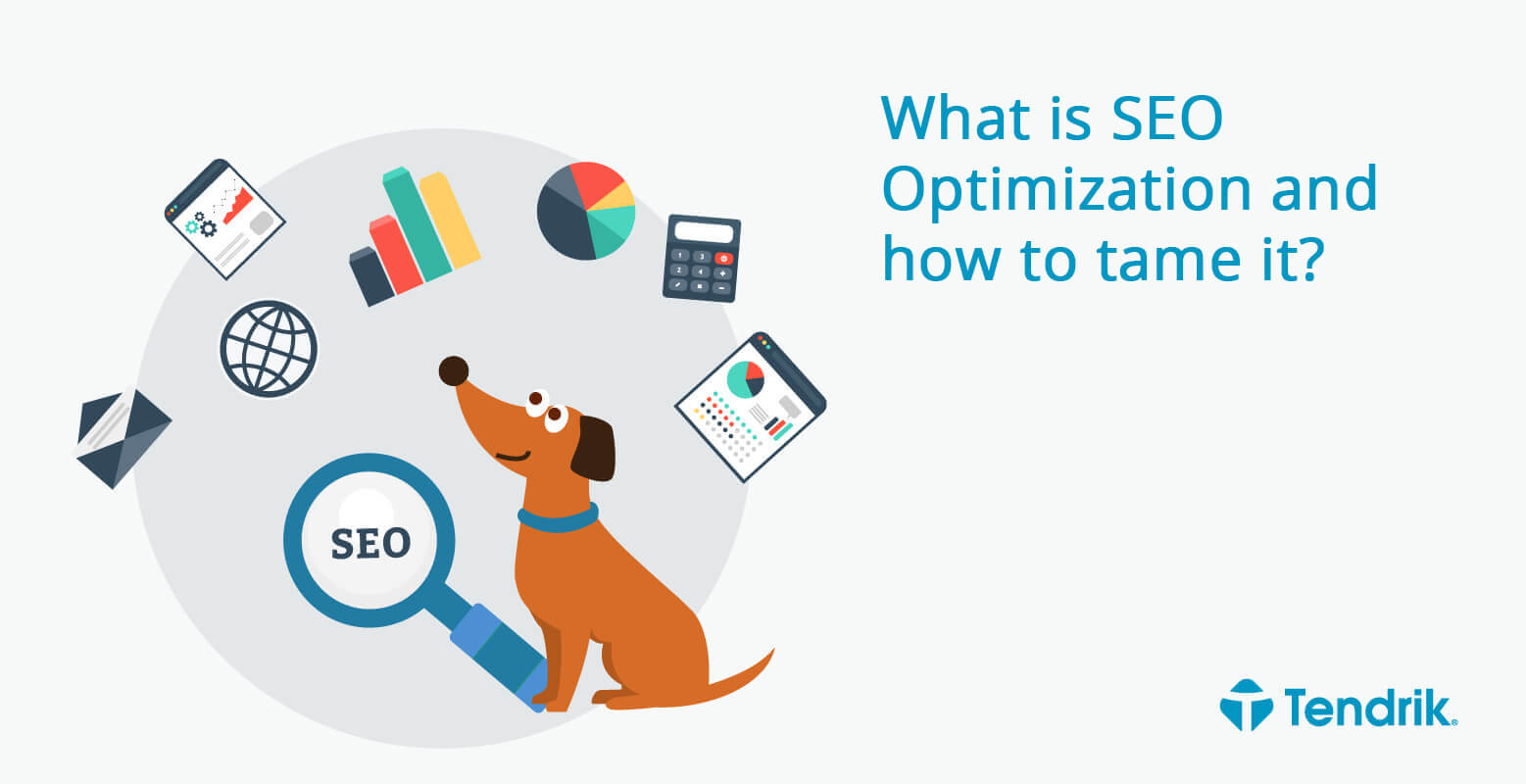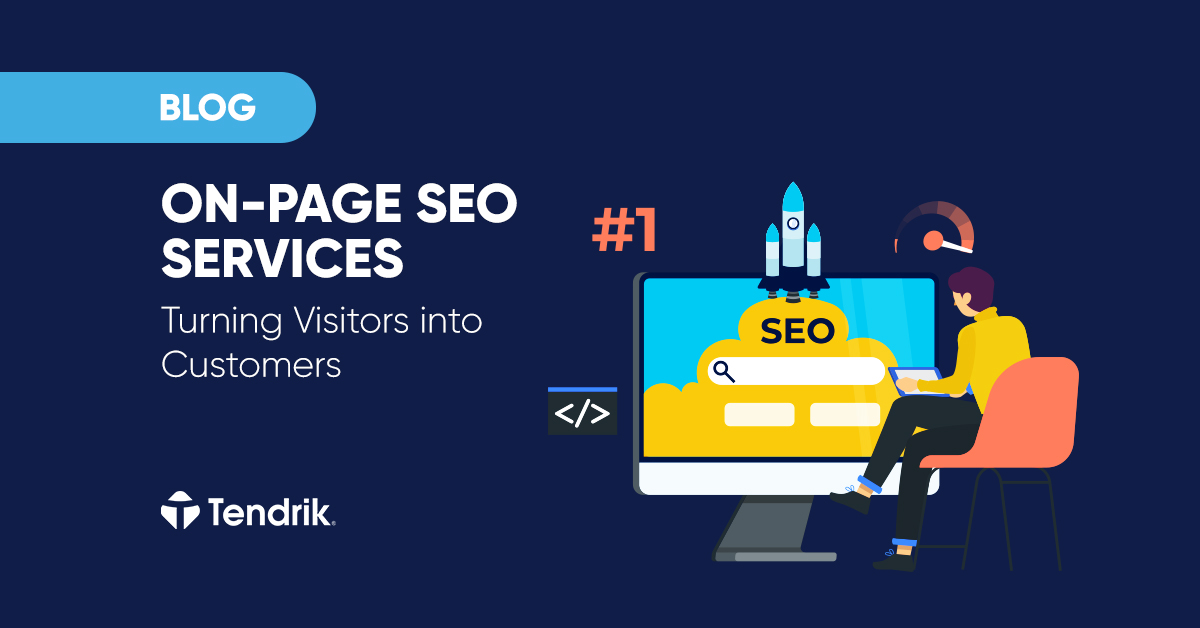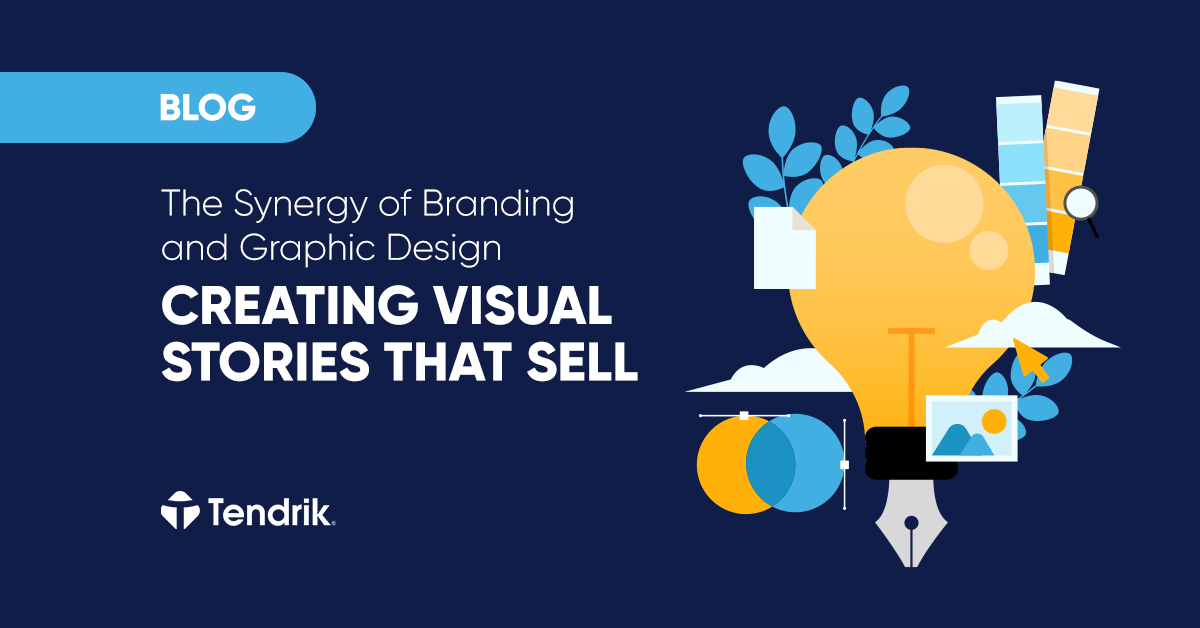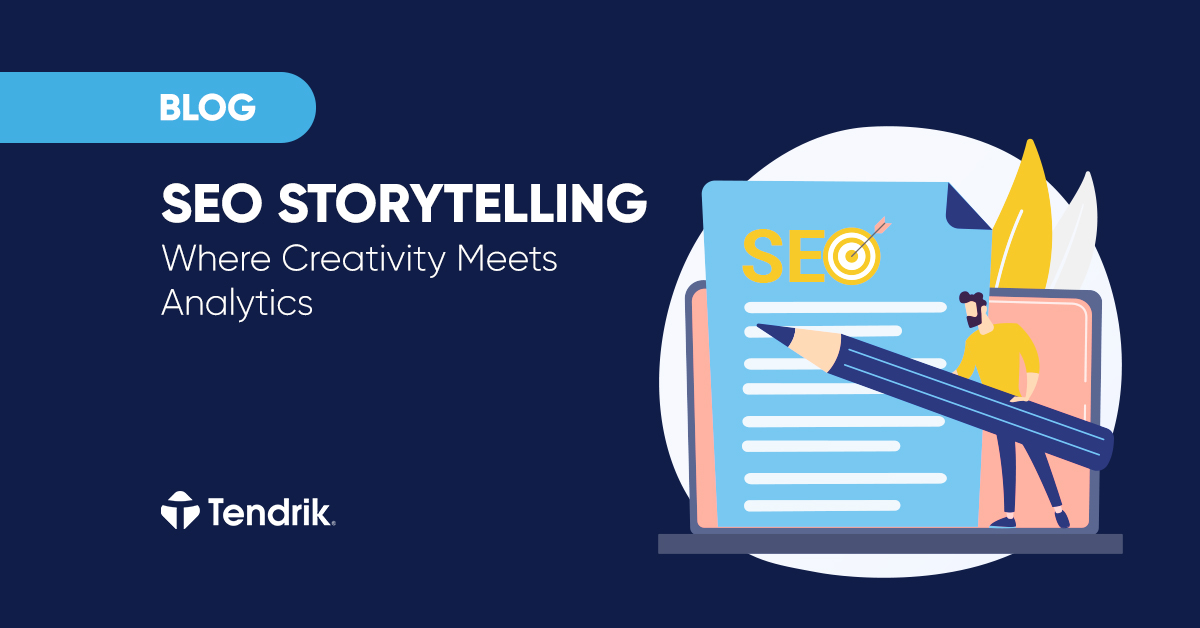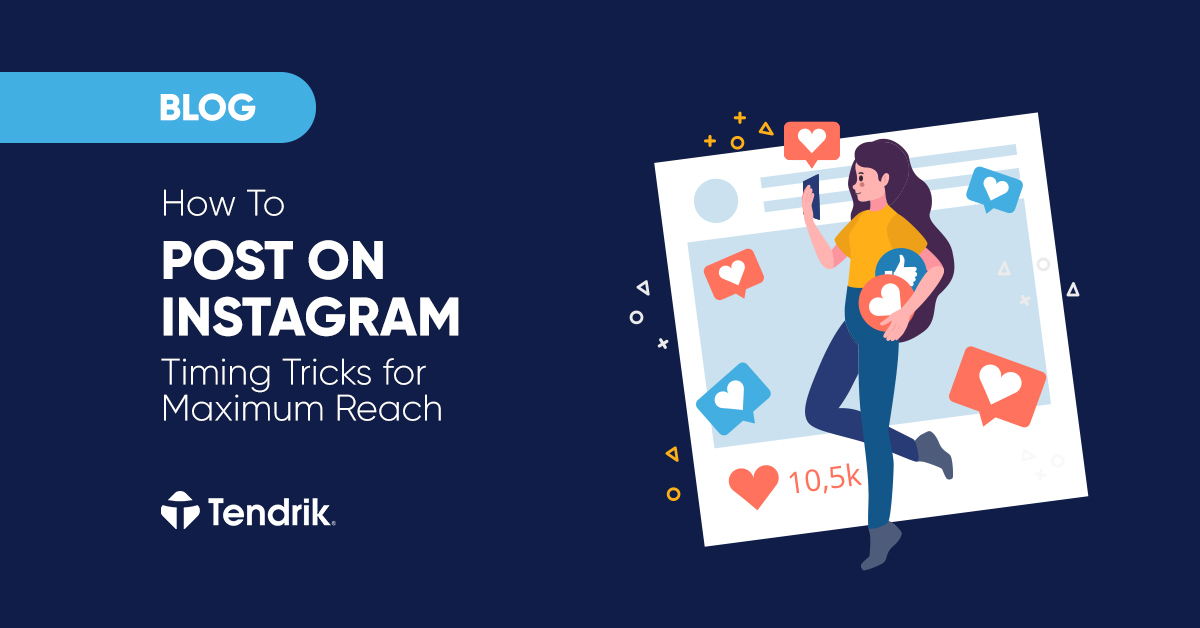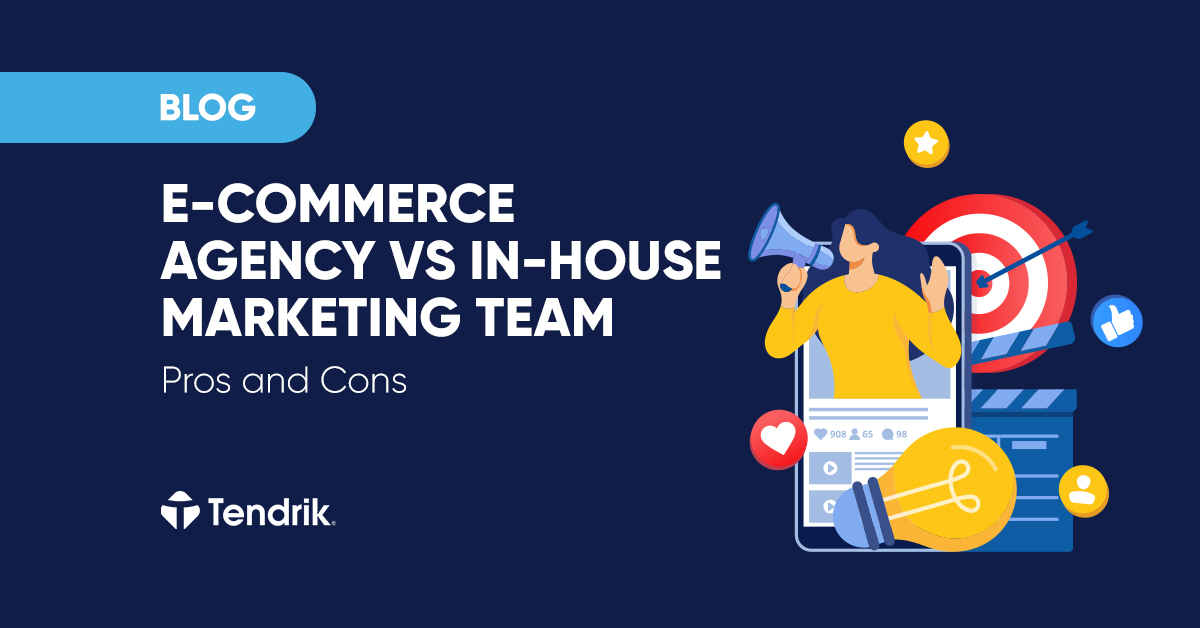Search Engine Optimization, better known as SEO, is a leading factor in the appearance of your website in search engines and is an important strategy in the internet marketing. To achieve effective SEO, you need to follow some basic rules that we have collected for you in this article.
What is SEO (Search Engine Optimization)?
SEO optimization is more a process than a one-off setting. Its main goal is to generate traffic from so-called “organic” results across search engines (Google, Bing, Yahoo, etc.). This goal is achieved by optimizing the website using different approaches – selecting the appropriate website structure and information architecture, as well as CMS (content management system), adding the website to various directories (link building), editing the content from the point of view of SEO, participation in social media and others.
What are the search engines actually looking for?
The main purpose of search engines is to direct users to the content that is closest to what they are looking for. In this regard, there are a few things that need to be considered when creating / optimizing a website – content, presentation, authority (references), and overall user experience. Bearing in mind that search engine algorithms are very strict on websites that use unapproved SEO techniques (known as “black hat” SEO), it’s a better idea to follow their recommendations and use only approved SEO techniques (“white hat”). Otherwise, you risk the rank of your website being reduced or the site’s positions completely to be removed from a search engine’s database.
What is the difference between internal and external SEO optimization?
The strategy for SEO optimization can be divided into two categories: on-page and off-page optimization. Both are crucial to the success of an SEO campaign, but they are completely different strategies when it comes to the way they improve your rank in the search engine. External optimization is related to sites that have strong competition – online stores, news, and so on. It does not refer to the code, construction or content of the site itself. It includes PR links to your site. For example, sites with high attendance are linking to your site or doing so called link building. External optimization requires time and daily work to achieve lasting effect.
Unlike the external, internal optimization is linked to the code of the site itself, and is done once, affecting the structure and construction of the site. Includes descriptions of each page, keywords (tags), quality texts, setting the addresses of individual pages, registering the site in Google Analytics and placing a tracking code on the site, as well as registering the site on Google Webmaster. It is almost impossible to rank a site without internal optimization.
SEO Optimization History
Website optimization started in the mid-1990s. This early optimization was pretty simple – all that was supposed to be done was to provide the website to the search engines. After that, they sent a “spider” that crawled through the website by extracting links and keywords and indexing the found information. Soon after, site owners began to understand the high value of their websites being visible in search results, and this led to different stages through which optimization went to its current form.
SEO for Google
Google is the largest and most commonly used search engine (especially in Bulgaria), so it is very important your website to be optimized to Google’s requirements. Google’s first (and most important) “preference” is high-quality content. This means that your first task should be a keyword study that will help you determine how to get more traffic to your website. Another feature that Google values is the creation of a site through simple techniques (such as HTML & CSS). Other things to keep in mind when optimizing your site for Google include improving site structure at all levels, optimizing content (titles, keywords, text, photos) as well as effective use of analytics techniques (Google Analytics), site quality (Google Webmaster Tools) and promotion (Google Ads).
Meta tags and keywords were widely used to make the pages of the search engines understandable. But the so-called “spammers” have begun to abuse this opportunity and because of them keyword and meta tagging has been removed. Nowadays, the content of the page itself is essential, rather than the meta tags and keywords themselves. For example, the text that is placed in certain tags (<h1>, <h6>, <li>, <p>, <a>) has more importance. Meta tags that still retain their significance are title, description, and charset.
What makes your site great?
When it comes to brand recognition (which is one of the main goals of each business), mediocrity should not be tolerated. If you want results, you need to look for the best and not to settle for less. For a great site you will need more than SEO. The key elements for an effective website include:
VIEW – never forget that the most important thing about your website may be the first (if not the only) impression the potential customer receives for your business. If the website is attractive, it is more likely to keep the customer’s attention for a longer time. According to Google, a visitor should stay on your site for at least 10 seconds, otherwise the search engine considers this website to be irrelevant and increases the bounce rate.
CONTENT – although the look of your site is important to attract visitors, what will keep them in it is the information they will find there. With the lack of sellers and consultants that normal stores have, your customers will basically rely on the information you provide on your site to decide on a possible purchase.
FUNCTIONALITY – Even if your website looks great and it has a lot of interesting information, it will be unusable if there are badly constructed components such as broken links, spelling mistakes, and more. What’s more, it will spoil the good impression you have built on your customers with its great look and style.
USEFUL – this is a key component of any great site. It includes simplicity, fast-loading pages, logic navigation, compatibility with different platforms and browsers and adaptive design to allow it to be used by various mobile devices and smartphones.
Ways to optimize search engine sites have never changed as dynamically as they do it now. The approach to SEO optimization is fundamental to the positive perception of yourself and your business by potential customers. Use SEO optimization as a way to build your brand rather than as an attempt to manipulate search engines. Remember that your goal should not be at all costs to rank first in search results, but to make sure your customers are happy with what they find on your website.

